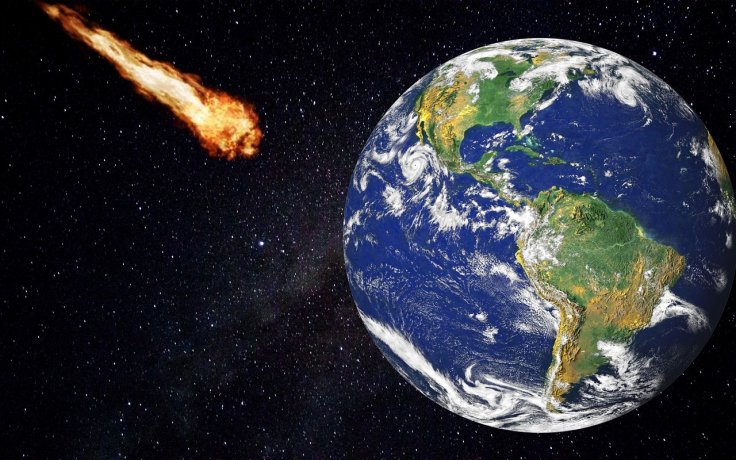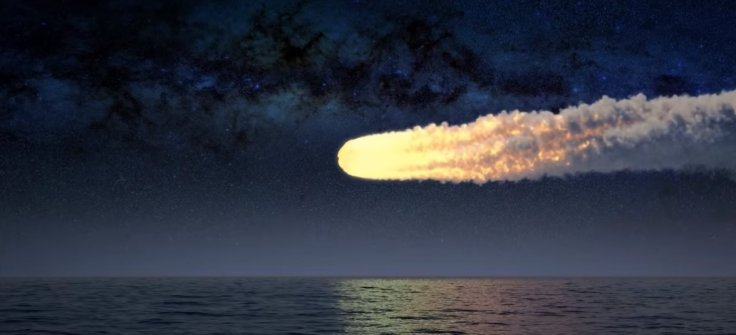If a global pandemic wasn't enough, we now have to deal with a new threat. NASA's Center for Near-Earth Object Studies (CNEOS), which detects and predicts the trajectories of near-Earth space objects (NEOs) like asteroids, has confirmed that a gargantuan asteroid will fly past Earth this month.
Asteroid as big as the Empire State Building
NASA's advanced asteroid tracking system has found a skyscraper-sized asteroid that is expected to cross Earth's orbital path this month. Considering the data collected by the agency, the sheer size and the speed at which the asteroid is travelling is enough to cause a catastrophic event on the planet in the case of a collision but will be no real threat to our planet.

The Earth-bound space rock has been identified as 363599 (2004 FG11) and is about 1,248 feet in diametre, which makes it equivalent in size to the Empire State Building. According to CNEOS, the asteroid is rocketing through space at incredible speeds of approximately 55,000 miles an hour.
'Potentially Hazardous,' says NASA
363599 (2004 FG11) has officially been classified as an Apollo asteroid, which means that it follows a natural orbit that crosses the Earth's path as it makes its way around the Sun. Taking into account its massive size and Earth-crossing orbit, the asteroid has been labelled by NASA as "potentially hazardous."
"Potentially hazardous asteroids are currently defined based on parameters that measure the asteroid's potential to make threatening close approaches to the Earth," NASA said in a statement. "Specifically, all asteroids with a minimum orbit intersection distance of 0.05 [astronomical units] or less and an absolute magnitude of 22.0 or less are considered [potentially hazardous asteroid]."
What happens if such an asteroid hits Earth?

Given the asteroid's size and speed, it can cause a major impact event on Earth if it collides with our planet. The magnitude of the impact will be strong enough to leave a crater that's around 4 miles wide and the explosion from the impact will wipe out everything around it.
It will also generate powerful blast waves powerful that can affect an entire city. If the asteroid lands in the ocean, it will create tsunamis that can submerge and devastate coastal areas. Luckily for us humans, 363599 (2004 FG11) is expected to cross Earth's path on April 11 at 1:00 pm EDT but will pass by our planet from about 0.04920 astronomical units away from the planet's centre, which is equivalent to about 4.6 million miles.









